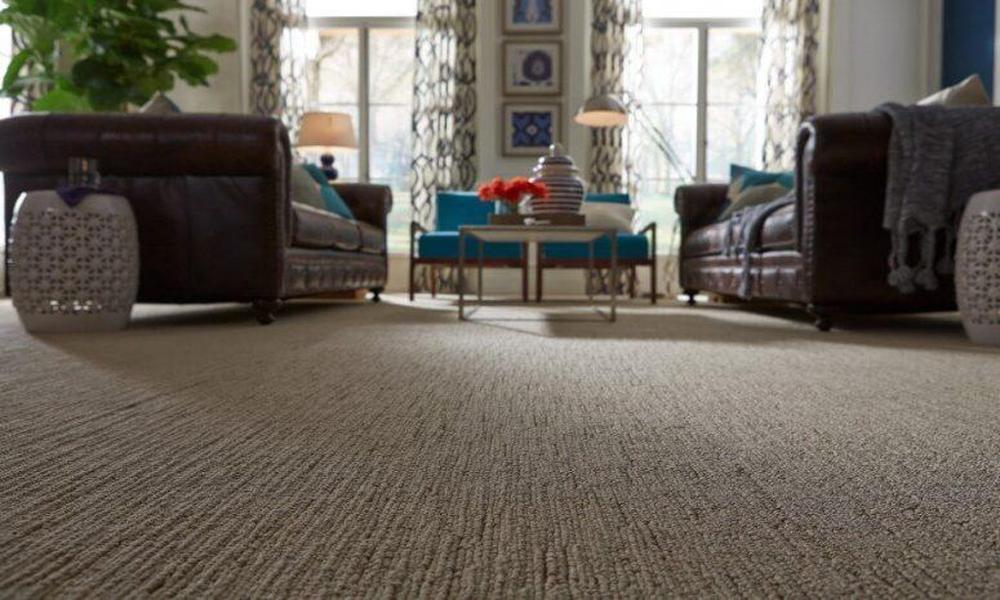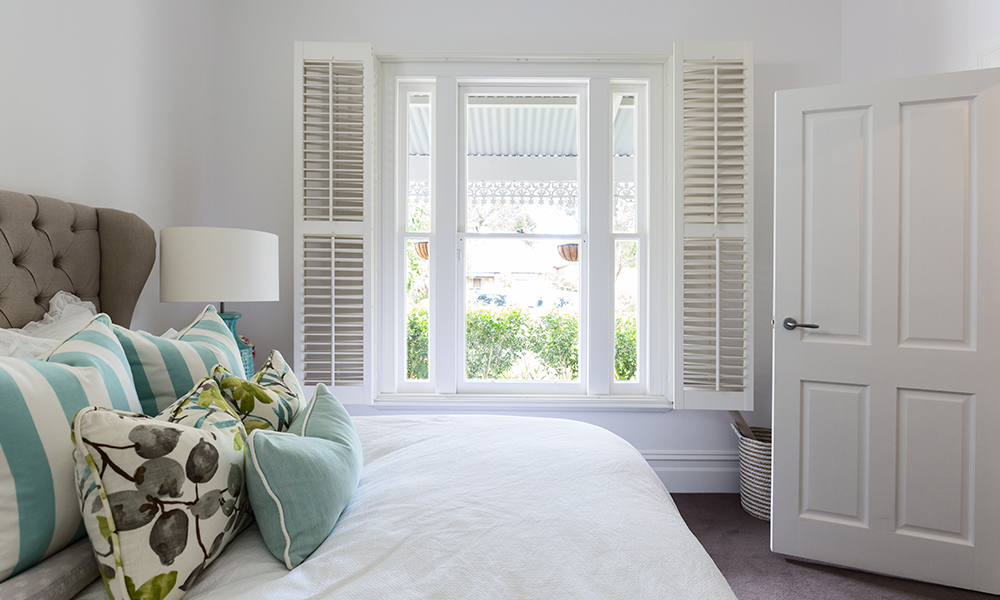Wall-to-wall carpets can add warmth and comfort to any space. However, choosing the right carpet for hot climatic conditions requires a different set of considerations. In this article, we will explore the factors to consider when selecting wall-to-wall carpets for hot climates.
Material
Choosing the right material is crucial when it comes to carpets for hot climates. Natural fibers such as wool, cotton, and silk may not be the best option as they tend to retain heat and moisture. Synthetic fibers like nylon and polyester are better suited for hot climates as they are more durable, moisture-resistant, and can resist fading from the sun. Another option is polypropylene, which is a synthetic fiber that is resistant to mildew, stains, and fading.
Color
The color of the carpet is another important consideration for hot climates. Lighter colors reflect heat, making them cooler to the touch. Dark colors absorb heat, which can make the carpet hotter and more uncomfortable. When choosing a color, it is best to opt for lighter shades such as beige, cream, or light gray.
Pile Height
The pile height of a carpet can affect its heat retention and durability. Low pile carpets are ideal for hot climates as they tend to retain less heat and are less likely to crush underfoot. They are also easier to clean and maintain. High pile carpets, on the other hand, can feel plush and luxurious but may retain heat and moisture, making them less suitable for hot climates.
Texture
Texture can also play a role in the suitability of a carpet for hot climates. Smooth and flat carpets tend to reflect heat better, while textured carpets can trap heat and moisture. Berber carpets, for example, have a looped texture that can trap dust and dirt, making them harder to clean and maintain in hot and humid conditions.
Padding
Carpet padding can provide extra cushioning and insulation, but in hot climates, it can also trap heat and moisture. When selecting padding, it is important to choose a breathable material that can allow for air circulation. Rubber padding should be avoided as it can retain heat and moisture, making the carpet more uncomfortable to walk on.
Maintenance
In hot and humid climates, carpets are more prone to mold, mildew, and dust mites. Regular cleaning and maintenance are essential to prevent the buildup of these allergens. Vacuuming at least twice a week can help to remove dirt and dust, while professional cleaning can remove deeper stains and odors. It is also important to ensure that the carpet is properly ventilated and dried after cleaning to prevent the growth of mold and mildew.
Installation
The installation of the carpet can also affect its suitability for hot climates. In areas with high humidity, it is important to ensure that the carpet is properly acclimatized before installation to prevent buckling or stretching. It is also important to use a suitable adhesive that can withstand high temperatures and humidity.
In conclusion, when selecting wall-to-wall carpets for hot climates, it is important to consider the material, color, pile height, texture, padding, maintenance, and installation.




